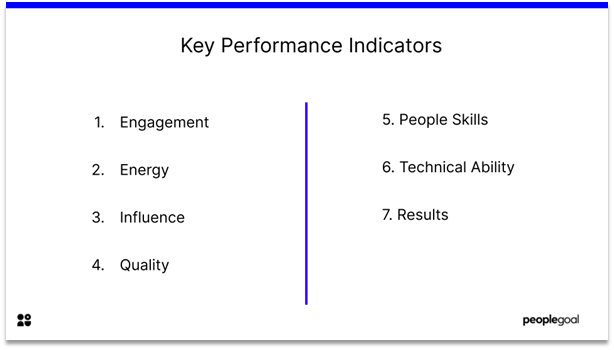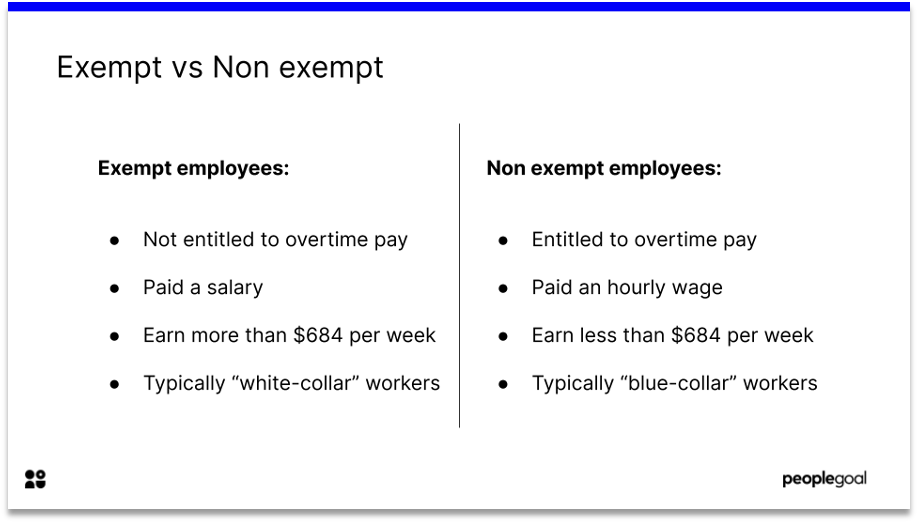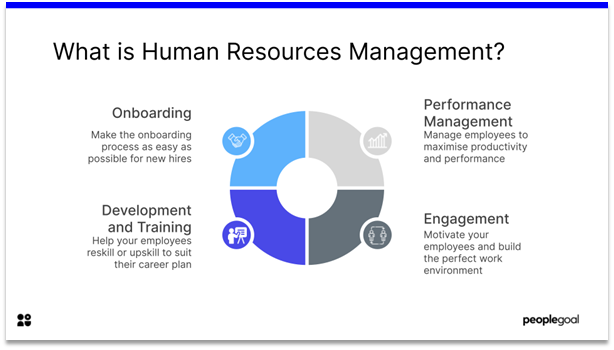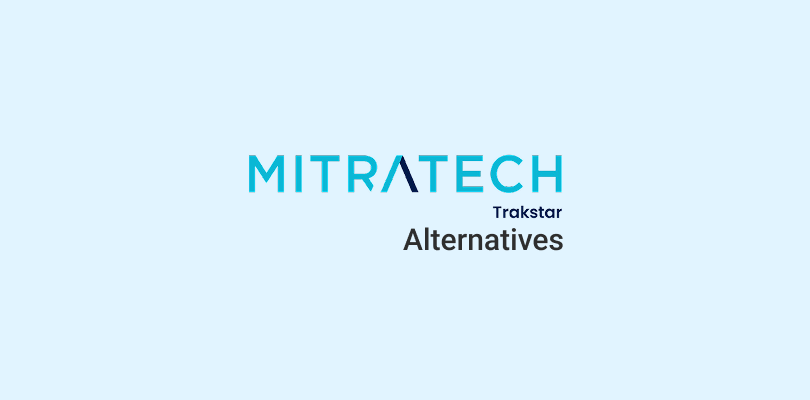What is Agility?
Agile has been used in the past to describe organizations and processes predominantly in the tech arena, specifically software development. It’s centered around iterative development, which refers to the process of breaking down the development of a large application it smaller chunks and then testing it in recycled cycles. Solutions evolve through collaboration between self-organizing inter-disciplinary teams.
The main value of this process is it enables teams to deliver value faster, with greater quality, predictability, and aptitude to maneuver change.
So, what is an agile organization?
An agile organization comprises a dense structure of empowered teams that maintain high standards of alignment, accountability, transparency and collaboration.
They often have a people-centered culture that implements rapid learning and fast decision cycles. Such speed is usually facilitated by technology and a strong common purpose. This model creates a foundation for efficient reconfigurations of strategy, structure, processes, people, and technology.
Why do we need it in HR?
- It enables you to put out fires before they harm anything
- It speeds up the time it takes to develop and implement a response
- It improves predictability by establishing targeted programs
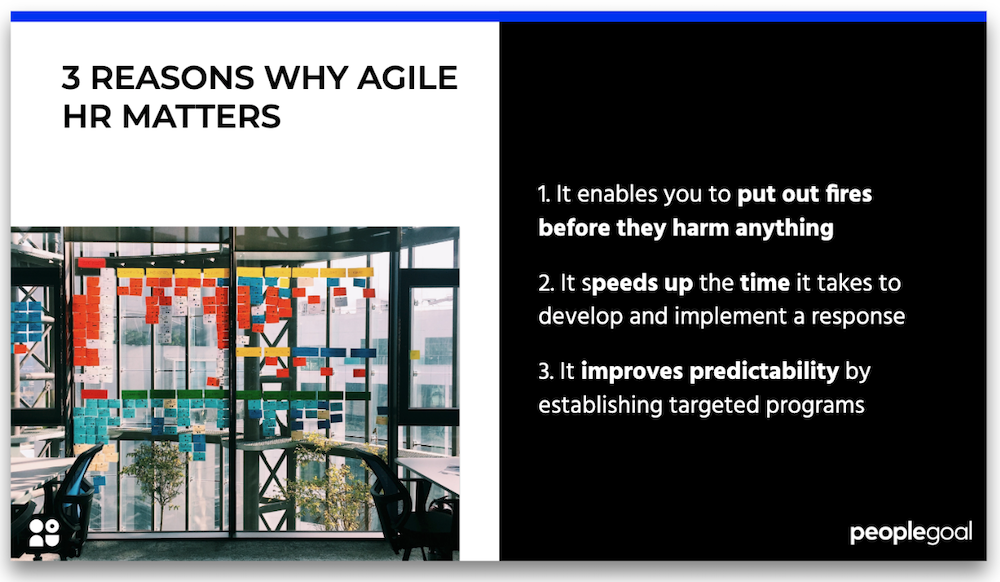
“We must do a better job of presenting customized, individualized solutions to the employee in the way and with the information they need.”
Employee engagement
A well-managed agile HR model spurs employee engagement across the organization, enabling the allocation of resources to top business needs, generating these outcomes:
- Talent initiatives are completed faster with better outcomes
- HR teams can focus on a wider perspective, developing a broader base of skills and T-Shape approach to people processes
- A more flexible pool of resources typically drives a smaller
- A centrally managed team establishes visibility and autonomy over initiative development and deployment eliminating the siloed approach typically found in traditional HR organizations.
Research by McKinsey found a 20% boost in employee engagement scores by using an agile model.
Ways to implement agility to your processes:
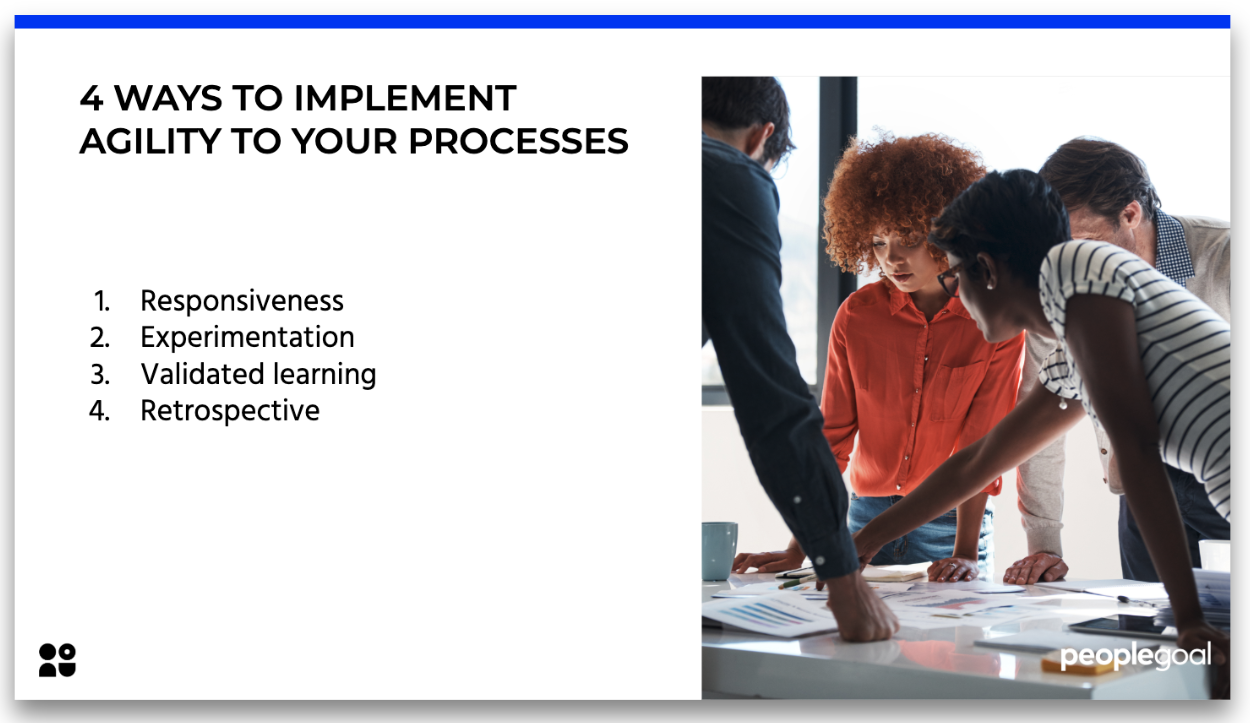
1. Responsiveness
Agile relates to speed to market (typically by creating a minimal, streamlined viable product) but if there isn’t a product involved, it’s the feedback that needs to be responsive. To do this, you can bring feedback processes in-house to maintain control and eradicate any lag time from third-party providers. Instead of waiting weeks or months for the data you need, keep the reports internal for your daily need and comprehensive people analytics.
2. Experimentation
Agile means processes are always changing, so best practice is never absolute. As a result, feedback processes should facilitate timely pulse checks, gathering real-time, personal feedback on which practices are working well, and the ones that aren’t, on the ground.
3. Validated learning
With regards to tech, agile businesses will usually formulate a ‘minimum viable product’ (MVP), minimum meaning that the product covers the necessities for basic customer requirements and satisfaction and is then, over time, modified and added to based on real-time feedback from the market.
To apply this to human resources, the focus moves from customers to employees and your MVP would be your HR process – trialing it first, before collecting feedback through surveys and check-ins and then using the data you collect to alter it.
4. Retrospective
A retrospective is a routinely cadenced meeting with a specific team or department to evaluate how a specific project, task or KPI is going. This can be done with the HR team to measure to, for example, review the language used in interviews for new talent.
It makes sense, of all the departments, to start with HR when adopting an agile strategy – seen as it’s responsible for efficiency and cost savings.
Start small, pick one team and experiment from there. Based off a small demographic, you can prove it’s worth to the wider organization. Once you have tested it out and demonstrated its benefits, the strategy needs to be applied to every function related to HR, consistency is key.
Verdict
Any change within a business can be disruptive, and not in a good way. But if you dedicate time to creating timely interventions so that everybody is on board, you will be providing a seamless road to success, improving productivity, engagement and performance management with it.
Ready to 3x Your Teams' Performance?
Use the best performance management software to align goals, track progress, and boost employee engagement.

